Time-Tested Home Remedies for Soothing Dry Eyes Naturally
Your eyes, those intricate windows to the soul, are astonishingly delicate, vital organs that tirelessly connect you to the world. Yet, their comfort is often taken for granted until the subtle tyranny of dry eyes sets in. Imagine the persistent grit, the burning sensation, the blurred vision—a relentless reminder that your tears, the very essence of ocular comfort, are failing their vital role. This isn't just an annoyance; it's a pervasive condition caused by insufficient production or rapid evaporation, often exacerbated by screens, environment, or even diet. While medical solutions exist, ancient wisdom and modern understanding converge on natural remedies. We've significantly expanded our definitive guide to unveil 20 time-tested home remedies that offer remarkably simple, effective, and affordable ways to soothe dry eyes and reclaim your visual serenity.
1. The Power of Warm Compresses

A warm compress is a simple yet highly effective remedy for dry eyes. Applying a warm, damp cloth over closed eyelids can help to stimulate the oil glands in the eyelids, enhancing the quality of tears. The heat from the compress encourages the secretion of oils, which are crucial for slowing the evaporation of tears and maintaining moisture on the eye's surface. To prepare a warm compress, soak a clean cloth in warm water, wring out the excess, and place it gently over your eyes for about 10 minutes. This practice can be repeated several times a day, especially in the morning and evening, to provide relief from dryness and irritation. Warm compresses are not only beneficial for dry eyes but also help to relieve tension and stress around the eyes, promoting relaxation. This technique is particularly useful for those who spend long hours in front of screens, as it can reduce eye strain and improve overall comfort. Furthermore, regular use of warm compresses can help to prevent the recurrence of dry eyes by maintaining the health of the meibomian glands, which are responsible for oil production in the eyelids. By incorporating this simple practice into your daily routine, you can enjoy significant improvements in eye moisture and comfort.
2. Hydration: The Foundation of Eye Moisture
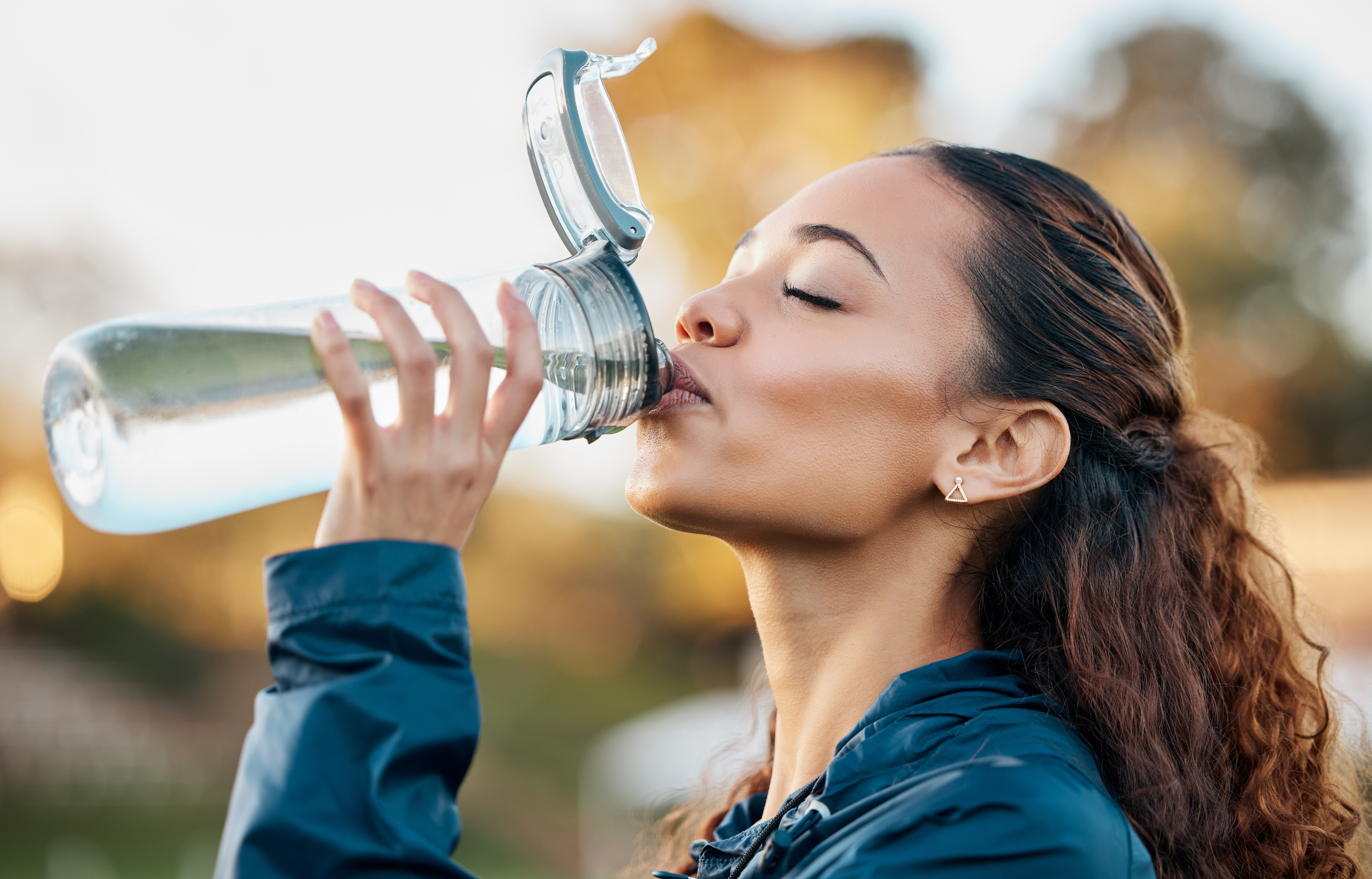
Proper hydration is fundamental to maintaining eye health and preventing dry eyes. Our bodies are composed of approximately 60% water, and every system, including the eyes, relies on adequate hydration to function optimally. Dehydration can lead to reduced tear production, resulting in dry, irritated eyes. Ensuring you drink enough water throughout the day is a simple yet effective way to support tear production and maintain eye moisture. Aim to consume at least eight glasses of water daily, and increase your intake if you engage in activities that cause excessive sweating or if you live in a dry climate. In addition to drinking water, consuming hydrating foods can also contribute to eye health. Foods rich in water content, such as cucumbers, watermelon, and oranges, can provide additional hydration and essential nutrients. These foods not only support overall health but also help to keep your eyes moist and comfortable. It is also important to limit the intake of dehydrating substances like caffeine and alcohol, which can exacerbate dry eye symptoms. By prioritizing hydration, you can ensure your eyes receive the moisture they need to function properly and remain comfortable.
3. Omega-3 Fatty Acids: Nourishing the Eyes from Within

Omega-3 fatty acids are essential nutrients that play a crucial role in maintaining eye health. These healthy fats are known for their anti-inflammatory properties and their ability to support the production of the oily layer of tears, which prevents rapid evaporation. Consuming an adequate amount of omega-3s can help to alleviate dry eye symptoms and improve overall eye comfort. Foods rich in omega-3 fatty acids include fatty fish like salmon, mackerel, and sardines, as well as flaxseeds, chia seeds, and walnuts. Incorporating these foods into your diet can provide significant benefits for your eyes. For individuals who may not consume enough omega-3-rich foods, supplements are available as an alternative. Fish oil supplements, in particular, are a popular choice for those looking to increase their intake of omega-3s. However, it is important to consult with a healthcare provider before starting any new supplement regimen, especially if you have underlying health conditions or are taking other medications. By ensuring you receive an adequate amount of omega-3 fatty acids, you can support the health of your tear film and reduce the discomfort associated with dry eyes.
4. The Role of Humidifiers in Eye Comfort

Environmental factors play a significant role in the development and exacerbation of dry eyes. Dry air, whether from heating systems in the winter or air conditioning in the summer, can lead to increased evaporation of tears and subsequent eye dryness. Using a humidifier in your home or office can help to maintain optimal humidity levels and reduce the likelihood of dry eyes. Humidifiers add moisture to the air, creating a more comfortable environment for your eyes and skin. When selecting a humidifier, consider the size of the room and the type of humidifier that best suits your needs. Ultrasonic humidifiers are a popular choice due to their quiet operation and efficiency. Regular maintenance, such as cleaning the humidifier and changing the water frequently, is essential to prevent the growth of mold and bacteria. By creating a more humid environment, you can help to preserve the moisture in your eyes and alleviate the symptoms of dryness.
5. Blink More Often: A Simple Yet Effective Practice

Blinking is a natural reflex that helps to spread tears evenly across the surface of the eyes, keeping them moist and comfortable. However, during activities that require intense concentration, such as reading or using digital devices, people tend to blink less frequently. This can lead to dry eyes and discomfort. Making a conscious effort to blink more often, especially during prolonged screen time, can help to alleviate dry eye symptoms and promote eye health. To encourage more frequent blinking, consider following the 20-20-20 rule: every 20 minutes, take a 20-second break to look at something 20 feet away. This practice not only encourages blinking but also reduces eye strain and fatigue. Additionally, incorporating regular breaks and eye exercises into your routine can further support eye comfort and prevent dryness. By being mindful of your blinking habits, you can enhance tear distribution and maintain optimal eye moisture.
6. The Benefits of Cucumber Slices
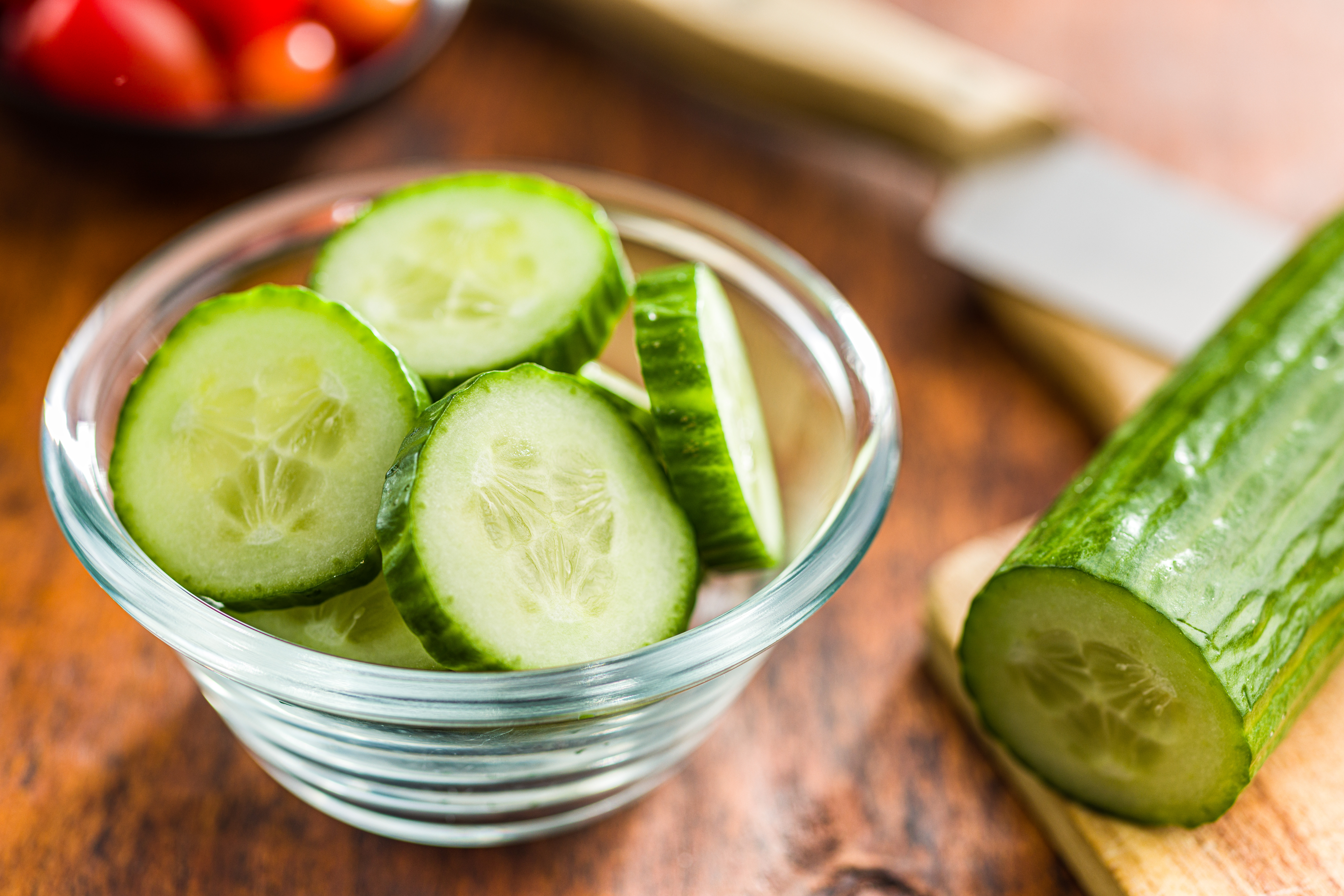
Cucumber slices are a classic home remedy for soothing tired and dry eyes. Cucumbers have a high water content and contain antioxidants and anti-inflammatory compounds that can help to reduce irritation and swelling around the eyes. Placing chilled cucumber slices over closed eyelids can provide immediate relief from dryness and puffiness, leaving your eyes feeling refreshed and revitalized. To use cucumbers as a remedy for dry eyes, simply slice a fresh cucumber and chill the slices in the refrigerator for about 30 minutes. Once chilled, place the slices over your closed eyes and relax for 10 to 15 minutes. The cooling effect of the cucumbers will help to constrict blood vessels, reduce inflammation, and provide a soothing sensation. This simple practice can be incorporated into your daily routine, especially after a long day or during periods of increased screen time, to promote eye comfort and reduce dryness.
7. Aloe Vera: A Natural Soothing Agent

Aloe vera is a versatile plant known for its soothing and healing properties. It has been used for centuries to treat various skin conditions, and its benefits extend to eye health as well. Aloe vera contains anti-inflammatory and moisturizing compounds that can help to alleviate dry eye symptoms and promote overall eye comfort. Applying aloe vera gel around the eyes can reduce redness, irritation, and swelling, providing relief from dryness. When using aloe vera for dry eyes, it is important to ensure that the gel is pure and free from additives or preservatives. To apply, gently massage a small amount of aloe vera gel around the eyes, being careful to avoid direct contact with the eyes. Allow the gel to absorb into the skin, providing hydration and soothing relief. Regular use of aloe vera can help to maintain eye moisture and reduce the discomfort associated with dry eyes, making it a valuable addition to your natural remedy toolkit.
8. The Protective Power of Sunglasses

Sunglasses are not only a fashion accessory but also an essential tool for protecting your eyes from environmental factors that can contribute to dryness. Exposure to wind, dust, and UV rays can exacerbate dry eye symptoms and lead to further irritation. Wearing sunglasses with UV protection can shield your eyes from harmful rays and reduce the risk of dryness and discomfort. When selecting sunglasses, look for those with wraparound frames, as they provide additional protection by blocking wind and debris from reaching your eyes. Polarized lenses can also reduce glare, making them a great choice for outdoor activities. By incorporating sunglasses into your daily routine, you can protect your eyes from environmental stressors and maintain optimal eye moisture, ensuring your eyes remain healthy and comfortable.
9. The Calming Effects of Chamomile Tea

Chamomile tea is a popular herbal remedy known for its calming and anti-inflammatory properties. It can be used both internally and externally to promote eye health and reduce dryness. Drinking chamomile tea can help to relax the body and mind, reducing stress and tension that can contribute to dry eyes. Additionally, chamomile tea bags can be used as a soothing compress to relieve eye irritation and dryness. To create a chamomile tea compress, steep two chamomile tea bags in hot water, then allow them to cool to a comfortable temperature. Once cooled, place the tea bags over your closed eyes and relax for 10 to 15 minutes. The natural compounds in chamomile will help to reduce inflammation and provide a soothing sensation, relieving dryness and discomfort. By incorporating chamomile tea into your routine, you can enjoy its calming effects and support overall eye health.
10. Eye Exercises: Strengthening and Refreshing

Regular eye exercises can help to improve eye function and reduce the symptoms of dry eyes. These exercises promote blood circulation, strengthen eye muscles, and encourage tear production, all of which contribute to maintaining eye moisture and comfort. Simple exercises, such as rolling your eyes in a circular motion, focusing on distant and near objects, and practicing palming (covering your eyes with your palms and relaxing), can be done anywhere and require minimal time and effort. Incorporating eye exercises into your daily routine can provide significant benefits for your eye health. These exercises not only help to alleviate dryness but also reduce eye strain and fatigue, especially for those who spend long hours in front of screens. By dedicating a few minutes each day to eye exercises, you can enhance your eye comfort and prevent the recurrence of dry eyes, ensuring your eyes remain healthy and vibrant.
11. Eyelid Hygiene & Massage: Unclogging the Oil Glands
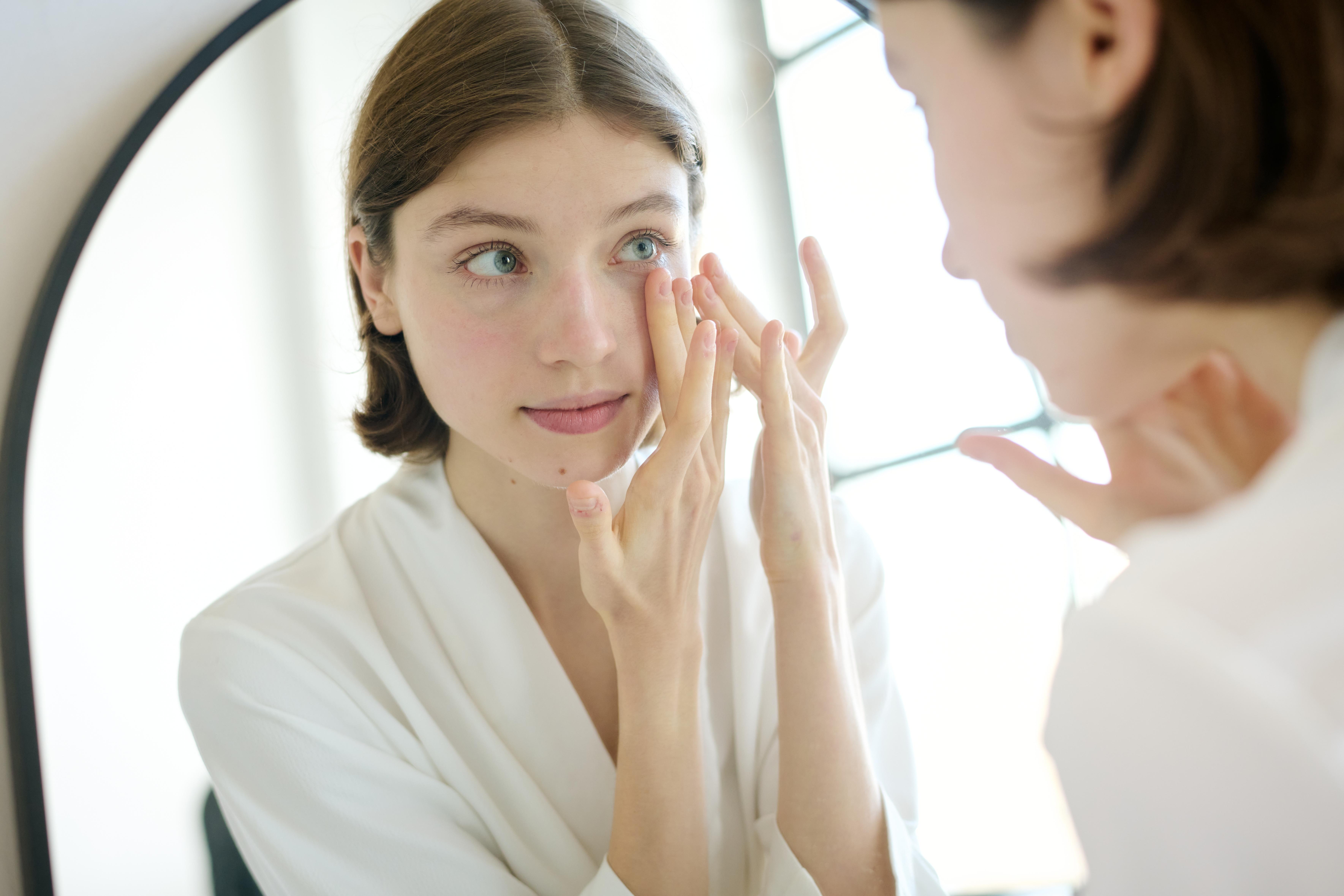
Beyond just warm compresses, specific eyelid hygiene techniques are ingenious for dry eyes, especially those linked to Meibomian Gland Dysfunction (MGD). Gently massaging your eyelids after a warm compress can help express clogged oils from the meibomian glands, improving tear film quality. Using a diluted baby shampoo or specialized eyelid cleanser (often called blepharitis wipes) can meticulously clean the lash line, removing crusts and bacteria that obstruct oil flow. This daily ritual directly addresses the root cause of evaporative dry eye, making tears more stable.
12. Massaging Acupressure Points: Holistic Relief

For a unique, holistic approach, gentle massage of specific acupressure points around the eyes can promote relaxation and improve circulation, potentially aiding tear production. Points like the "Zan Zhu" (at the inner end of the eyebrow), "Yu Yao" (center of the eyebrow), and "Si Bai" (below the center of the eye socket) can be stimulated with light, circular pressure for 30-60 seconds. This ancient technique, while not directly producing tears, can alleviate tension and improve overall ocular comfort, acting as a complementary self-care strategy.
13. Castor Oil Eye Drops: The Natural Lubricant
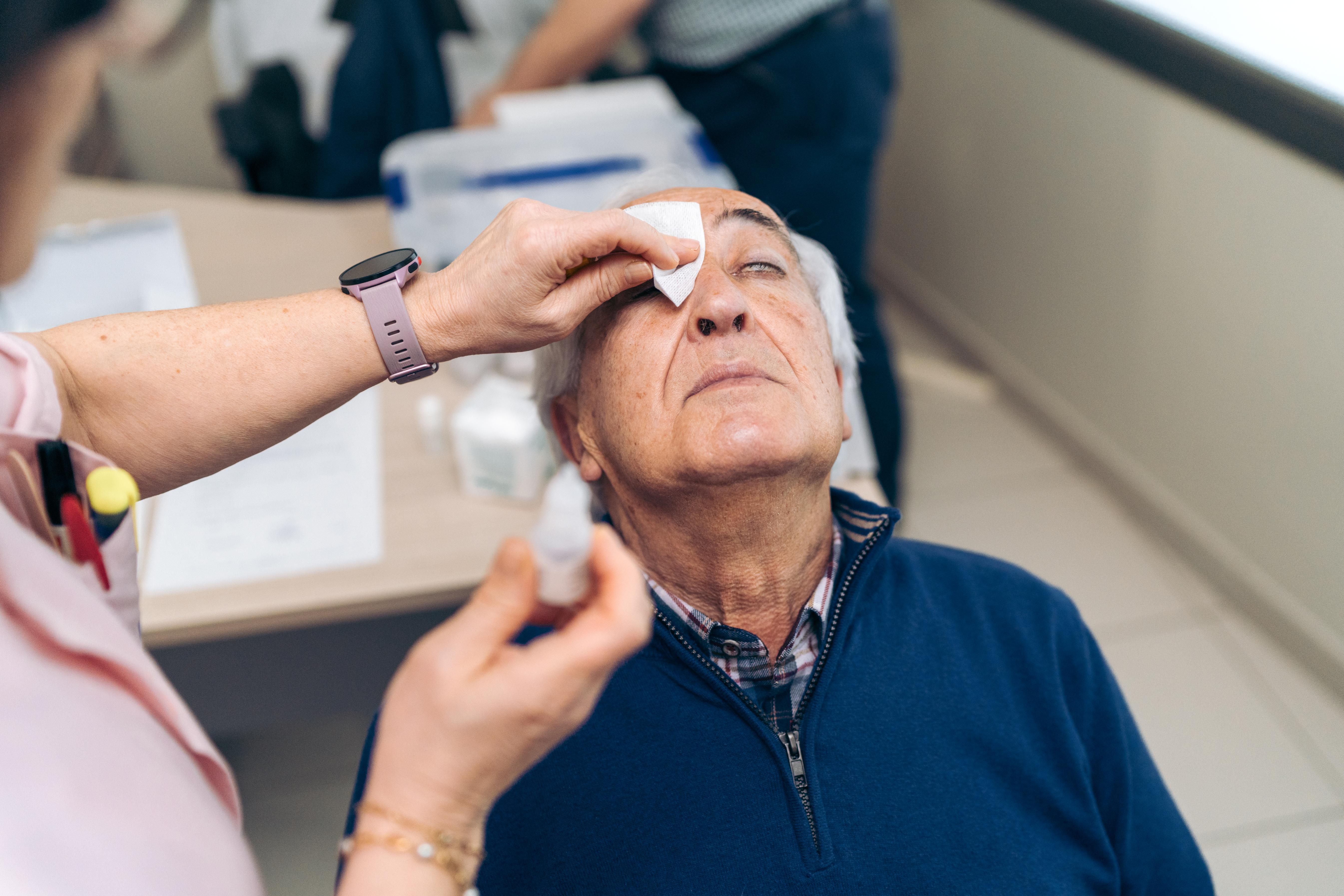
While artificial tears are common, natural, preservative-free castor oil eye drops offer a surprisingly effective and ingenious alternative. Castor oil has unique properties that help strengthen the lipid (oily) layer of the tear film, significantly reducing tear evaporation. Unlike water-based drops, it provides a longer-lasting coating for the eye's surface. Look for pharmaceutical-grade, sterile, and preservative-free castor oil eye drops specifically formulated for ocular use. A single drop can provide prolonged comfort, making it a powerful, natural lubricant for persistent dryness.
14. Adjusting Screen Settings: Digital Eye Strain Reduction

Our digital world is a major dry eye culprit, but ingenious adjustments to screen settings can dramatically reduce strain. Lowering your monitor's brightness to match ambient room light, increasing text size for easier reading, and using "night mode" or blue light filters can lessen eye fatigue. Positioning your screen slightly below eye level also encourages more complete blinks. These simple, technological tweaks directly mitigate digital eye strain, a common contributor to reduced blink rates and increased tear evaporation during prolonged screen time.
15. Dietary Vitamin A: Essential for Ocular Surface Health

Beyond Omega-3s, Vitamin A plays a critical, often overlooked, role in maintaining the health of the ocular surface, including the conjunctiva and cornea. Deficiency can lead to night blindness and severe dry eye. Ensuring adequate intake of Vitamin A-rich foods – such as carrots, sweet potatoes, leafy greens, and liver – provides the necessary building blocks for healthy tear production and the integrity of the eye's delicate outer layers. This nutritional focus offers a holistic, preventive approach to supporting the very cells responsible for tear production.
16. Wearing Moisture Chamber Glasses/Goggles: Environmental Shields

For those battling severe dry eyes, especially in windy, dry, or dusty environments, moisture chamber glasses or goggles are an ingenious solution. These specialized eyewear options create a sealed environment around the eyes, trapping moisture and significantly reducing tear evaporation. They act as a physical barrier against irritants and air currents. While not a fashion statement, for outdoor enthusiasts or individuals in challenging climates, these glasses offer unparalleled protection and comfort, providing a mini-humidifier effect directly over the eyes.
17. Avoiding Dehydrating Medications & Environmental Irritants

An often-missed piece of the dry eye puzzle is identifying and, where possible, avoiding medications that can exacerbate dryness (e.g., certain antihistamines, decongestants, antidepressants). Similarly, ingenious prevention involves actively minimizing exposure to environmental irritants like cigarette smoke, excessive air conditioning/heating vents blowing directly on the face, and strong chemical fumes. Being aware of these external and internal factors that actively dry out the eyes can be as crucial as applying remedies.
18. Black Tea Compresses: Tannin-Powered Relief

Beyond chamomile, black tea bags offer an ingenious, tannin-rich compress for dry and irritated eyes. Tannins, natural astringents found in black tea, possess anti-inflammatory properties that can help reduce swelling and irritation. After steeping two black tea bags in hot water, allow them to cool completely (or even chill them slightly) before placing them over closed eyelids for 10-15 minutes. The tannins provide a distinct soothing and calming effect, helping to alleviate the discomfort associated with dry eye flare-ups.
19. Optimizing Indoor Lighting: Reducing Glare & Strain

Beyond screen settings, optimizing your overall indoor lighting environment is an ingenious way to reduce dry eye triggers. Harsh overhead lighting, flickering fluorescents, or excessive glare from windows can cause significant eye strain, leading to reduced blinking and increased dryness. Position your workspace to avoid direct glare, use softer, indirect lighting, and consider anti-glare filters on windows. Creating an ergonomically friendly and visually comfortable environment can significantly reduce the burden on your eyes.
20. Propolis Extract (Carefully Researched): Nature's Regenerator

An intriguing, less common natural remedy being researched for dry eye is propolis extract, a resinous material collected by bees. Known for its antimicrobial and anti-inflammatory properties, topical propolis has shown promise in some studies for improving tear film stability and reducing ocular surface inflammation. Crucially, this is an advanced remedy requiring strict medical guidance and specific sterile formulations for eye use, never raw propolis. Its potential lies in its regenerative effects on ocular tissues, offering a glimpse into future natural therapeutic avenues.
21. The "Cup and Splash" Eye Wash (Immediate Mechanical Relief)
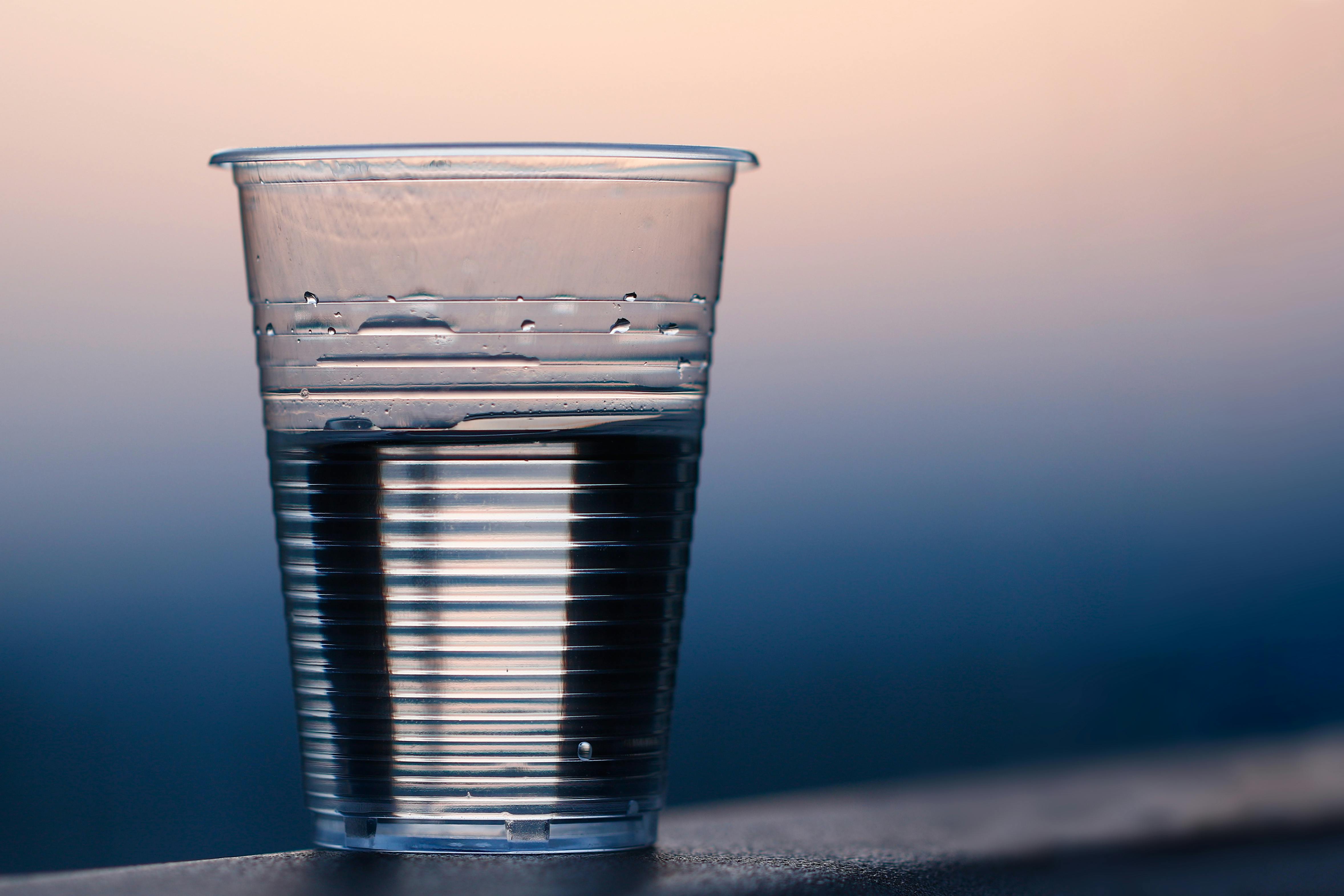
For instant relief from morning grit or foreign body sensation, the "cup and splash" technique provides a quick, mechanical flush superior to simple rinsing. Use a small, clean eyewash cup (or a clean shot glass). Fill it with preservative-free saline solution (or cool, clean water if saline is unavailable). Tilt your head back, hold the cup over one eye, pressing it gently to form a seal. Open your eye and gently roll your eyeball within the cup for 10 seconds. This fully flushes the ocular surface, removing microscopic debris, allergens, and stagnant, dry tear film, providing immediate soothing and mechanical removal of irritants.
Embracing Natural Remedies for Eye Health

Dry eyes can be a frustrating and uncomfortable condition, but with the right approach, relief is within reach. The natural remedies explored in this article offer simple, effective, and affordable ways to soothe dry eyes and promote overall eye health. From warm compresses and proper hydration to omega-3 fatty acids and eye exercises, these time-tested solutions provide a holistic approach to managing dry eyes naturally. By incorporating these remedies into your daily routine, you can enhance eye comfort, prevent further irritation, and ensure your eyes remain healthy and vibrant for years to come. Remember, while these remedies can provide significant relief, it is important to consult with a healthcare professional if symptoms persist or worsen, as they can help to identify underlying causes and recommend appropriate treatments.